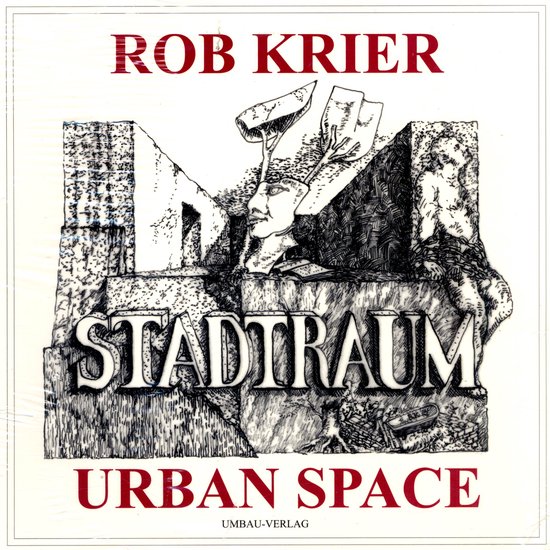
Rainwater Park
Landscaping is a critical element in improving both the function and appearance of rainwater recycling and stormwater management practices. Designing landscaped areas to soak up rainfall runoff from building and paved areas helps protect water quality in local creeks and waterways. These landscape designs reduce polluted runoff and help prevent creek erosion. As the runoff flows over vegetation and soil in the landscaped area, the water percolates into the ground and pollutants are filtered out or broken down by the soil and plants.
As Mike Breedlove, landscape architect and head of Breedlove Land Planning in Conyers, GA, likes to say, "The role of the landscape architect is to successfully marry mankind to nature." His statement is even more succinct than the description used by the American Society of Landscape Architects (ASLA), which highlights how landscape architects use a comprehensive working knowledge of architecture, civil engineering, and urban planning to "design aesthetic and practical relationships with the land." This integrative function of landscape architecture makes the profession seem a natural spawning ground for the innovation needed to successfully meet the considerable challenges posed by stormwater-related pollution and erosion. Fencing or hiding stormwater facilities out of view not only loses the opportunity to create an aesthetically pleasing site design, but also sends the message that stormwater is an attractive nuisance. Furthermore, constructing rain parks is becoming an essential part for urban landscape planning.
| Auteur | | Michael Wright |
| Taal | | Engels |
| Type | | Hardcover |
| Categorie | | Kunst & Fotografie |




